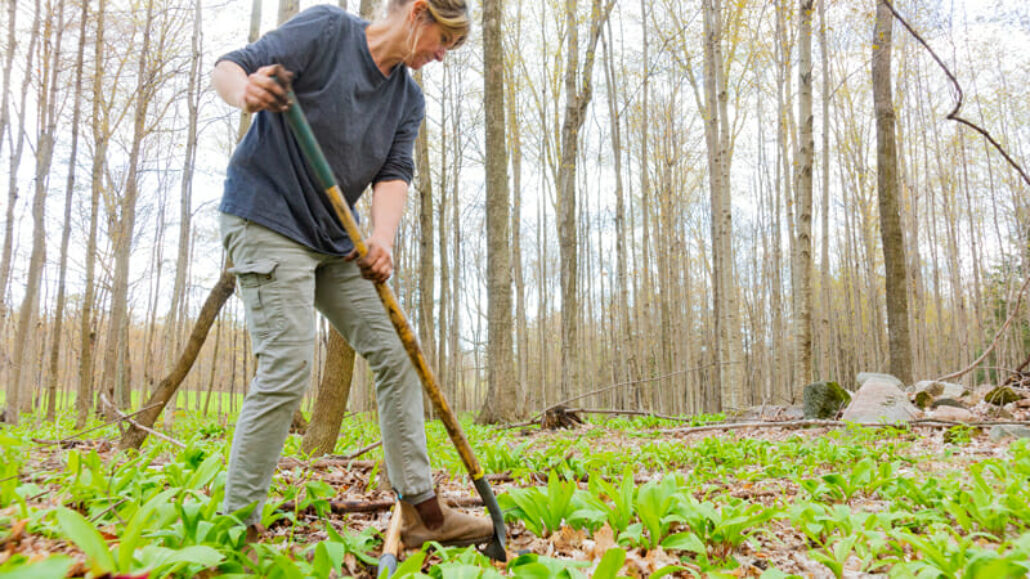Preventative measures may not be able to ward off back pain completely, but knowing proper lifting techniques can certainly protect you from an avoidable back injury. We’ve got tips to keep your back injury-free the next time heavy lifting is on your agenda.
Start with prevention
Back pain is going to affect almost everyone at some point, and lifting is a significant cause of back injury and pain. The Bureau of Labor Statistics estimates that more than one million workers suffer back injuries every year, and lifting is the principal cause of compensated work injuries. The good news is that many lifting injuries can be prevented with proper lifting techniques.
The best way to avoid an injury is to prevent it, and that means education. Most people know that it’s important to bend your knees when you lift, but bent knees alone won’t necessarily protect your back. However, bent knees in combination with the following tips will go a long way toward helping you finish lifting projects safely.
Tips and Lifting Techniques
- Think before you lift. Test the object before you lift. Pushing it will tell you how heavy it is, and if the load feels unbalanced, repack it so it won’t move around. Plan your route, and position yourself to bend with your knees and hips—not your back. Lift using smooth slow movements with your arms and legs, not your back.
- Stand with your shoulders squarely over your feet. This posture helps you to engage your core as you lift, and reminds you not to twist as you carry.
- Keep your chest forward. When you push your chest forward, you are keeping your back straight and positioning your body to protect your lower back. Most people know that it’s important to bend their knees when lifting, but they may not know that bent knees with a curved back still leaves them vulnerable to injury.
- Don’t twist. Twisting when you lift—especially when the object is heavy—can make you dangerously prone to a back injury. If you remember to keep your shoulders in line with your hips, it’s easier to avoid twisting. If you are carrying an object and need to change direction, lead with your hips, not your shoulders.
- Hold objects close to your body. The farther away you hold an object, the more force you need to hold it up—and that force runs through the lower back. It’s a lot easier to hold a bowling ball close to your chest than it is to hold it out at arm’s length. Holding objects close to your center of gravity reduces your injury risk.
- Know your limits. Warm up before lifting heavy objects. If there are many items on your list, pace yourself and take small breaks between lifting tasks. If you are straining to try to lift something, it’s too heavy for you. Seek help.
- Bend at your knees, not your waist. Lifting with your legs works best when you can straddle the object you are moving. Bend your knees—not your back—to grab the object and then use your leg muscles to lift, keeping your back straight.
With a little preparation and proper lifting form, you can complete your lifting tasks without putting your back at risk.
Summit Orthopedics offers comprehensive spine expertise
Our back specialists diagnose spine problems and design custom treatment plans built on a conservative, nonsurgical approach. Most patients find relief through treatments including guided injections, specialized physical therapy, biofeedback, exercise, activity modification, and medication. When conservative care does not relieve symptoms, our highly skilled surgeons offer proven, evidence-based surgical options. Together with you, we will determine the right course of action.
Start your journey to a healthy spine. Find your spine expert, request an appointment online, or call us at (651) 968–5201 to schedule a spine consultation.
Summit has convenient locations across the Minneapolis-St. Paul metro area, serving Minnesota and western Wisconsin. We have state-of-the-art centers for comprehensive orthopedic care in Eagan, MN, Plymouth, MN, Vadnais Heights, MN, and Woodbury, MN, as well as additional community clinics throughout the metro and southern Minnesota.
More resources for you
- Get the Lowdown On Acetaminophen And Ibuprofen
- Check out Summit’s QUICKGuide on Heavy Lifting
- Watch the video: Knowing When to Seek Treatment for Spine Pain
